WASHINGTON, D.C.—Prescription pain medications provided by “physicians in the months after an emergency department visit are necessary for long-term opioid use to take hold,” according to a new study in the February 16 edition of The New England Journal of Medicine (NEJM).
“Emergency physicians see more patients in acute pain than in almost any other medical setting,” said Rebecca Parker, MD, FACEP, president of the American College of Emergency Physicians. “The challenge is that many patients need and often demand relief from physicians who likely have never seen them before. In emergency medicine, physicians typically prescribe at most a three day supply of pain pills, just enough until a patient can heal or see another physician. The problems with addiction began after patients walk out the door of the emergency department.”
The NEJM study indicated that when patients leave the ER and seek follow-up care, office-based physicians sometimes continue to write the long-term prescriptions that can lead to opioid addiction. The study wasn't intended to single out ER doctors as a source of the opioid epidemic, according to study author Dr. Michael Barnett, who noted that most opioid prescriptions are written by primary care physicians. Dr. Barnett is assistant professor of health policy and management at the Harvard T. H. Chan School of Public Health in Boston.
“No physicians see the scourge of opiate addiction more than emergency physicians do,” said Dr. Parker. “We treat the overdoses and witness the deaths: it is tragic. While emergency physicians write prescriptions for less than 5 percent of all opiates in the United States, we have taken the lead on addressing the problem. Only 17 percent of emergency patients leave the ER with an opiate prescription and the largest percentage drop in opioid prescribing rates between 2007 and 2012 occurred in emergency medicine (American Journal of Preventative Medicine).”
Prescription drug abuse now kills more people in the United States than motor vehicle crashes. In 2011, improper use of prescription drugs led to 1.4 million ER visits in the United States. Because of this, ACEP and its members have been very active trying to combat it.
For example, under the leadership of emergency physician Mark Rosenberg, St. Joseph’s Regional Medical Center in Paterson, New Jersey launched the “Alternatives to Opiates” (ALTO) program in 2016 to drastically cut the use of opioids in the emergency department without sacrificing pain relief. In Washington State, emergency physicians successfully led a significant reduction in the number of emergency patients obtaining prescription pain medications through novel approaches, including health information exchanges. ACEP also has a Pain Management Section, which helps develop strategies to better manage acute and chronic pain in the emergency department, especially without the use of opiates. ACEP also educates the public on how to stay safe when they are prescribed opioid medications.
“Most emergency department patients legitimately need treatment for pain,” said Dr. Parker. “Pain is the most common reason patients come to the ER. Unfortunately there is no objective test for pain. All of our patients must be treated on a case-by-case basis with compassion, safety, and quality in mind.”
 American College of Emergency Physicians
American College of Emergency Physicians







